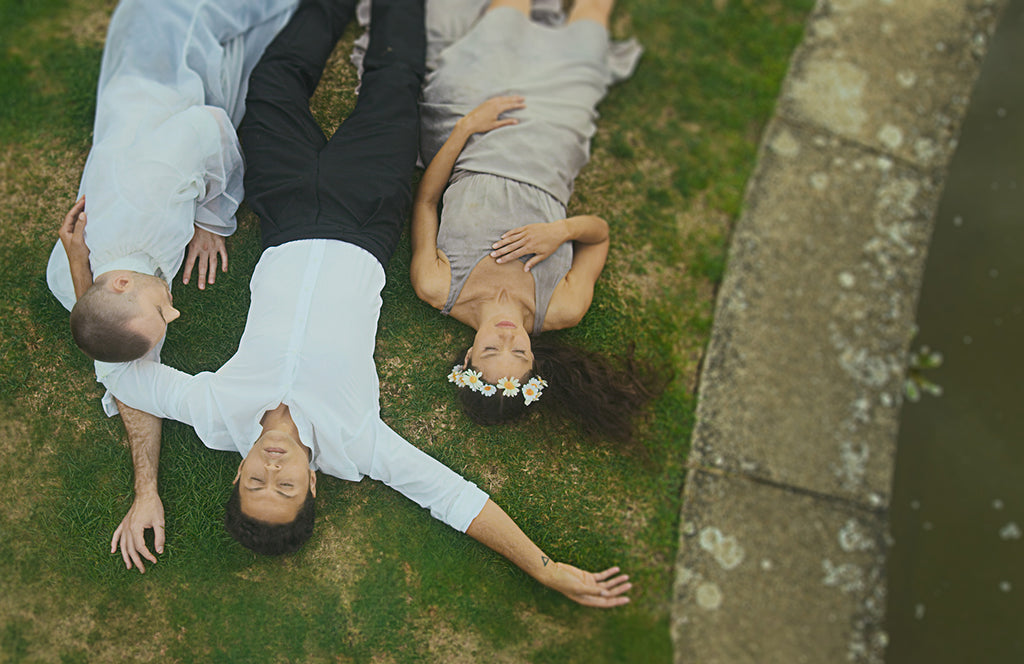The women at the heart of “Hamlet” become pawns in MacMillan's hands. No longer simply Gertrude and Ophelia, but in the words of Ophelia herself: “like sweet bells jangled, out of tune and harsh,” these ladies are othered, rendered as ciphers. One is rendered as an anonymous, recalcitrant bride with her face entirely covered by her veil: limp as though comatose, she lies in the arms of two male dancers; the other is grabbed by her head and swung, again, by a male dancer. It's such wanton acts of brutality that really reinforces the thrust of central themes of misogyny and the desire of attaining power by any means. Hamlet is an unreliable character, and this choreography casts a ghostly, Gothic pallor over the idyllic setting of Hatfield House, the beautiful Jacobean building in Hertfordshire.
Such violence is often played out by Kenneth MacMillan. His dance legacy is unsettling, a disturbing riff on the frothy preconceptions of ballet as fairy tales and family-friendly fare. Both Cohan and Macmillan took ballet's tired tropes, and spanked them. Not for either choreographer, a traditional leitmotif or happy conclusion—both founding fathers of contemporary dance looked sideways, often bringing controversy or shock. By today's standards, though, it's more palatable. As Dance Revolutionaries gently reminds us- through producer/ YDP Artistic Director Yolande Yorke-Edgell's wonderful ensemble—Cohan and MacMillan were simply ahead of their time. This is a drop of the dark stuff: potent, strong and intoxicating.
In over 80 UK cinemas from June 26th. For more information head to the website: www.yorkedance.com









You remark on the appropriateness of the locations in the Cohan pieces. It could not be otherwise, given Yolande Yorke-Edgell’s devotion to Sir Robert, his work and legacy. He revealed that when he choreographed any piece, he visualised in detail the setting it was placed in.